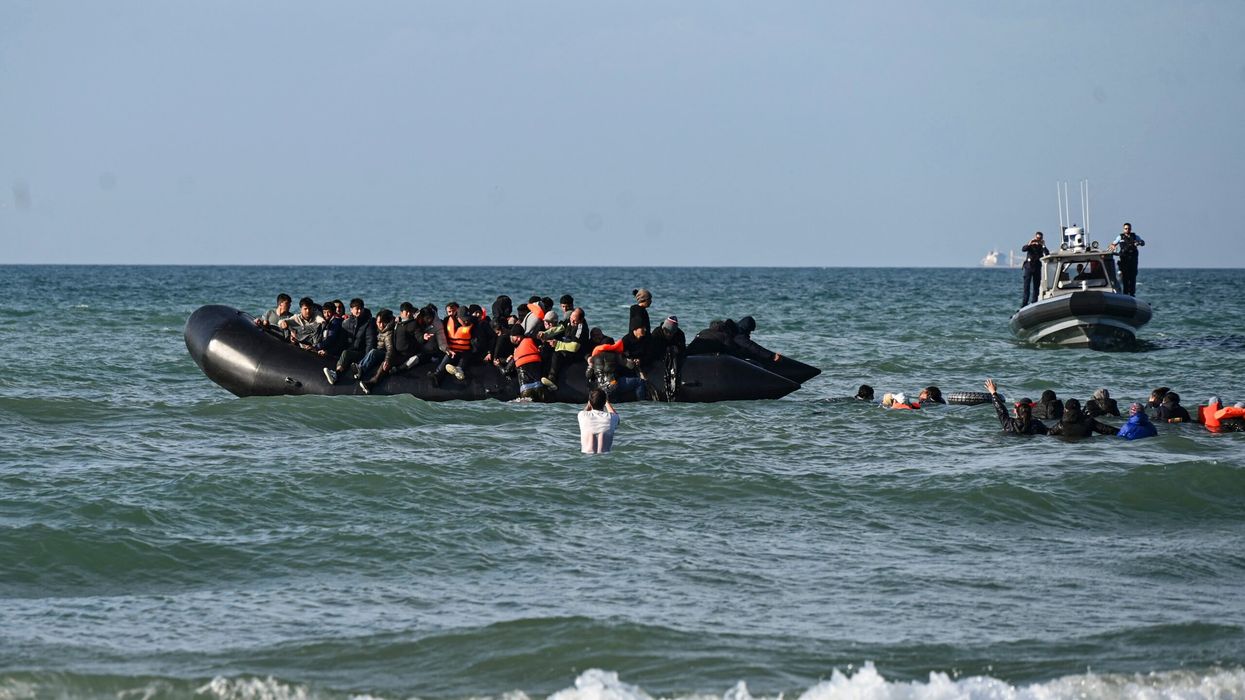THE British government has launched its coronavirus "test and trace" service across England, a key pillar in its strategy to ease a nationwide lockdown introduced in late March.
The new service, which started on Thursday (28), aims to allow anyone with virus symptoms to be tested, and those who have been in close contact with someone showing positive results to be traced and told to isolate for 14 days, even if they have no symptoms.
The government has hired 25,000 dedicated staff and aims to be able to trace the contacts of 10,000 people a day, which it said could be scaled up if needed.
It has also been ramping up the country's testing capability to 200,000 tests a day, through the establishment of 50 drive-through sites, more than 100 mobile testing units and three mega laboratories.
Prime Minister Boris Johnson said the “new test and trace operation which will change people’s lives” during a hearing of the House of Commons Liaison Committee on Wednesday.
Health Secretary Matt Hancock later gave further details of the new system at the daily Downing Street briefing.
“Everyone must follow the NHS test and trace rules to protect the NHS and save lives,” he said. “It is being introduced now because at first we had to flatten the curve. The number of infections grew so large the only way to get it under control was to lock the country down.
“Now the number of new infections each day are right down and small enough that we can be in touch with everyone we need to.”
Under the new system, if someone has coronavirus symptoms, they must isolate immediately and get a test. Then through contact tracing, an NHS clinician and the patient will work together to identify the possible movements of the virus.
All close contacts of that patient will then be isolated as well to break the “chain of transmission".
“It will be voluntary at first but we can quickly make it mandatory if that is what it takes. Do it for the people you love, your community and the NHS,” said Hancock, adding that the move offered a way out of the country's blanket lockdown.
The UK's confirmed coronavirus death toll rose by 412 over Tuesday to 37,460, but hospitalisations continued to fall over the last few days indicating that the rate of infection was being brought under some control.











